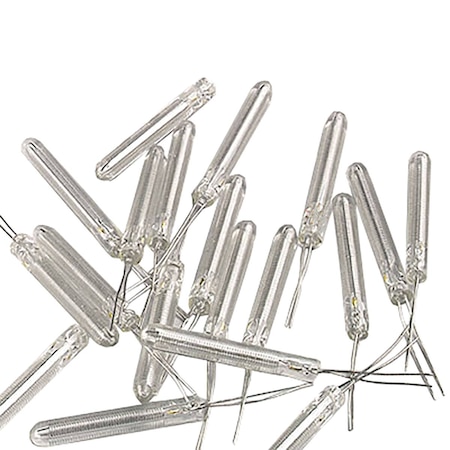1-800-663-4209 | Your feedback matters, take a quick survey Website Feedback

1PT100G-RTD-ELEMENTS
Glass Wire Wound Platinum RTD Elements
Models In Stock
- Suitable for Low or very High Temperatures
- Tolerant of Thermal Shocks
- Good Vibration Resistance
- Alpha = 0.00385
1PT100G-RTD-ELEMENTS
From
$
69.56
Models In Stock
Product Overview
- Accuracy Class B
- Accuracy Detail Class B per IEC60751
- Air Velocity, Max 1 m/s
- Nominal Resistance 100 Ω
- Temperature Coefficient 0.00385Ω/Ω/°C
- Temperature Sensor Type RTD
- Water Velocity, Max 0.4 m/s
Glass wire wound platinum RTD elements are made by winding a platinum wire onto a glass core and then fusing the exterior with glass. They are suitable for low or very high temperatures and are tolerant of thermal shocks. They offer good vibration resistance (depending on mounting method) and can be immersed (with exception of GX) directly into liquid media.
PDFs & Manuals
Show Ratings & Reviews
What is the recommended lead wire that we would use with these RTDs? How would the lead wires connect to the RTD leads? If we used a 3 meter (9.8 ft) lead to a meter for measuring how would this effect the temperature reading?
You will need to use RTD extension wire. You can use silver solder to connect the extension wire to the leads.
Date published: 2019-08-18